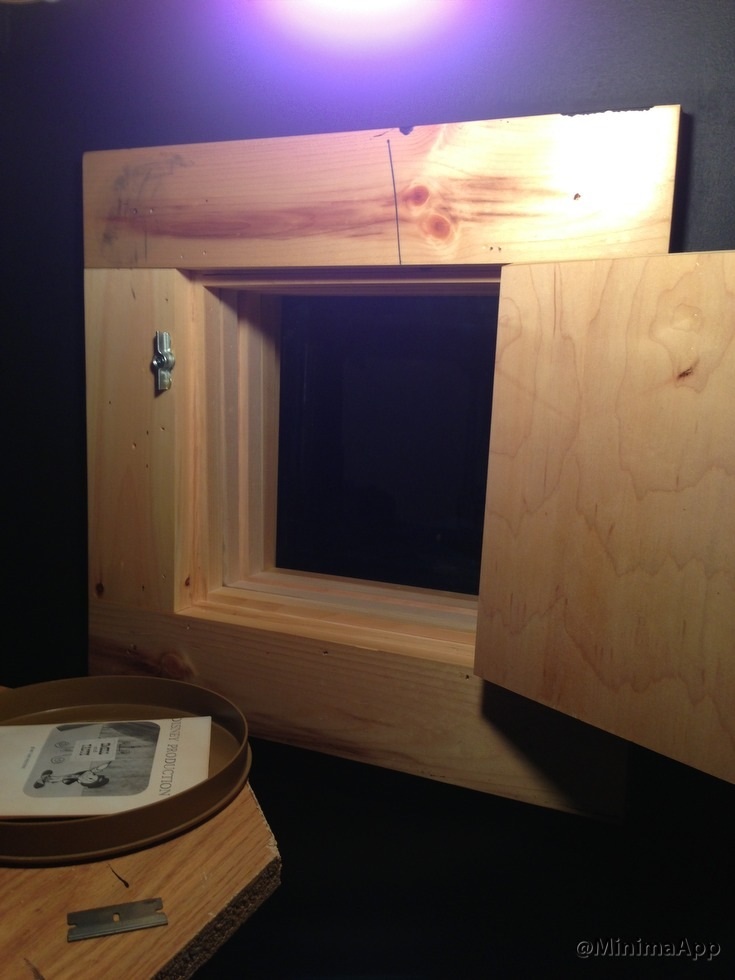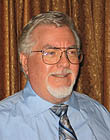|
|
This topic comprises 2 pages: 1 2
|
|
Author
|
Topic: Porthole for projection booth
|
|
|
|
|
|
|
|
|
|
|
Frank Angel
Film God

Posts: 5305
From: Brooklyn NY USA
Registered: Dec 1999
|
 posted 04-19-2013 02:15 PM
posted 04-19-2013 02:15 PM





....and get the projector lens as close to the port glass as possible. Also, tilting the glass isn't only a matter of stopping reflections into the room, but to eliminate the possibility of the reflections bouncing back to hit the lens which can cause a secondary image on the screen. The lens and the port glass should never be parallel.
As has been said, you will always get reflections back into the room; in one of our locations, we needed to paint the back wall flat-black because the reflection hit the original light-colored wall and would actually bounce light off it and out into the theatre and impact the screen. That location unfortunately had no port but a full wall-to-wall window as the "port," AND it was not titlted -- very problematic. In that booth, ANY light at all in the booth would be "seen" by the screen, hence, painting everything black was necessary as well as the use only of little winkie lights rather than more normal booth lights.
Rule-of-thumb -- when you have the ability to design your booth from scratch (a great advantage), always construct the projection port to be ONLY as large as necessary to pass the pojection beam uninhibited. If you are faced with an existing port as most of us are, I have have been known to mask the existing port down with black poster-board to only slightly larger than the largest projection beam, i.e., the scope width and the 1.37 height.
| IP: Logged
|
|
|
|
|
|
|
|
|
|
|
|
|
|
|
|
|
|
Monte L Fullmer
Film God

Posts: 8367
From: Nampa, Idaho, USA
Registered: Nov 2004
|
 posted 07-28-2013 03:13 AM
posted 07-28-2013 03:13 AM




What I'm going to present here may seem rather odd, but I had no problems with the results:
At a six plex cinema that I used to work at, we had Kelmar port frames with the removable, port glass panes that had the magnetic striping around the glass to hold the pane within the framework of the port assembly.
If anybody had any experience with these Kelmar units, they are great, but something can go wrong when the glass falls out and shatters - like if someone throws something at the port window from inside of the auditorium, or the window just wasn't replace securely in the frame.
One day, the latter occurred when an employee decided to clean the glass and didn't get it back into the frame and hit the floor and shattered (regular temper pane glass being full of lead).
Thus, we had an open port to deal with with projector noise entering down into the auditorium.
What I did, to 'baffle' the noise from going out into the auditorium was to create such a baffle..a double baffle assembly.
I use sheets of cardboard that I cut out with the front baffle being the width of the scope image and the height of the flat image, and the inside baffle, which would be lot smaller that would mount on the inside part of the port assembly, was cut out just the width of the light image for both scope and flat.
With this home made sound baffle assembly, I was able to contain the machine noise within the booth and none was heard out in the auditorium.
I did get the window section replaced so I didn't need my baffle assembly, but kept these two pieces just in case another window gets broken.
-Monte
| IP: Logged
|
|
|
|
All times are Central (GMT -6:00)
|
This topic comprises 2 pages: 1 2
|
Powered by Infopop Corporation
UBB.classicTM
6.3.1.2
The Film-Tech Forums are designed for various members related to the cinema industry to express their opinions, viewpoints and testimonials on various products, services and events based upon speculation, personal knowledge and factual information through use, therefore all views represented here allow no liability upon the publishers of this web site and the owners of said views assume no liability for any ill will resulting from these postings. The posts made here are for educational as well as entertainment purposes and as such anyone viewing this portion of the website must accept these views as statements of the author of that opinion
and agrees to release the authors from any and all liability.
|

 Home
Home
 Products
Products
 Store
Store
 Forum
Forum
 Warehouse
Warehouse
 Contact Us
Contact Us




 Printer-friendly view of this topic
Printer-friendly view of this topic

















